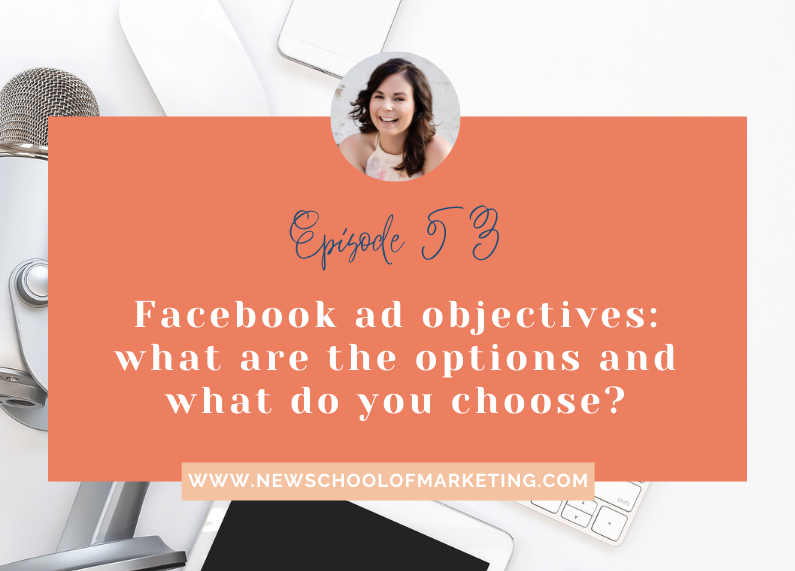
In this episode I want to talk about Facebook ad objectives; what are the options and which one do you choose?
Before you pick any of the options that Facebook offers you, you need to be crystal clear on your goal for your campaign.
What do you want to achieve with your ads?
Knowing what kind of results you want for your ad campaign helps you select the right objective, which helps your campaign perform better and you’re more likely to get the results you’re aiming for.
The objective you choose sends information back to Facebook about your goals and what action you want people to take from your ad, and Facebook’s smart algorithm will show your ad to people in your audience who are most likely to take this action.
Because Facebook collects data on what people do, such as clicking on links, it’s super smart and uses this information to optimise your ad campaigns.
Now that we know that our goal is important, let’s look at the different types of objectives.
🎧Tune in
Connect with me
Website: www.newschoolofmarketing.com
Facebook: @newschoolofmarketing
Facebook group: @newschoolofmarketing
Instagram: @bianca_mckenzie
Love the New School of Marketing Podcast?
Let’s be honest and upfront, because you know that’s what I’m all about. Podcast reviews are super important to iTunes and the more reviews we receive the more likely iTunes will reward us with better reach.
I want to reach more course creators, store owners and awesome business builders that can add extreme value to our awesome insiders. I already love that you’re here and ready to rock your business, but I’d be extremely grateful if you would review me on iTunes and SUBSCRIBE!
Can’t wait to teach you everything I know about online marketing!
Transcript
Hey there, welcome to the New School of Marketing podcast. It’s so great to have you here and I really appreciate each of you tuning in.
I hope you’re well and that you have a great week ahead. I’m recording this on a rainy day in Tasmania, and to be honest, we’ve had a few too many rainy days lately. Thankfully we had a great weekend where we managed to do some work outside.
A few weeks ago we received some free chickens from someone who didn’t want them anymore and although we were planning on getting chickens, we weren’t quite ready because our chicken coop isn’t fenced and if you know me, we have two dogs that love a good chase so we can’t let them free range.
We were supposed to fence in our chicken coop, but we haven’t quite got to it yet so the chickens are still in a temporary structure.
Once the weather clears up we’ll get to it I’m sure.
Right now, I want to talk about Facebook ad objectives; what are the options and which one do you choose?
Before you pick any of the options that Facebook offers you, you need to be crystal clear on your goal for your campaign.
What do you want to achieve with your ads?
Knowing what kind of results you want for your ad campaign helps you select the right objective, which helps your campaign perform better and you’re more likely to get the results you’re aiming for.
The objective you choose sends information back to Facebook about your goals and what action you want people to take from your ad, and Facebook’s smart algorithm will show your ad to people in your audience who are most likely to take this action.
Because Facebook collects data on what people do, such as clicking on links, it’s super smart and uses this information to optimize your ad campaigns.
Now that we know that our goal is important, let’s look at the different types of objectives.
Facebook splits them into three categories.
- Awareness
- Consideration
- Conversion
There are two objectives listed under the awareness category – Brand awareness and reach.
Both of these focus on showing your ad to the largest number of people in your audience within your budget. Because these objectives optimise your ad for impressions, i.e. getting your ad seen by the highest number of people in your audience, these types of ads often don’t get high click rates or much engagement.
I generally don’t use these objectives unless the target audience I have chosen is small and my conversion or consideration ads don’t feed out. Sometimes when the audience is very small it’s hard for Facebook to get the campaign started, in which case I choose the reach objective.
Otherwise, I mostly leave these objectives alone.
That doesn’t mean that there isn’t a place for them and you might want to use them if it fits with your goals. Generally, if you want to make more sales or drive website traffic or engagement you’re better off choosing a more appropriate objective.
The next category is consideration. There are six campaign objectives under consideration.
- Traffic
- Engagement
- Video views
- Lead generation
- Messages
- App installs
I’ve used a number of these objectives and each of them have their own use.
Each of these objectives optimise for a specific action such as clicks, comments, watching all or part of your video etc. Facebook will show your ad to people in your chosen target audience who are most likely to take the action that you’ve specified with your ad – for example watching all or part of your video.
Let’s look at them one by one.
Traffic:
The traffic option is a great one if your main goal is to send people to your website. When you choose this objective you have the option to optimise for link clicks or landing page views.
I generally choose landing page views because it means that it’s optimised for when someone actually gets to your website rather than when someone clicks. Sometimes websites don’t load fast enough and people don’t complete the action, so that’s why I choose landing page views.
The way the traffic objective is optimised is that Facebook will show your ads to the people in your target audience who are most likely to take your specified action of going to your website by clicking on the link you provide in the ad.
I find the traffic objective a great one to use to send someone to a blog post or the show notes for one of my podcast episodes.
Engagement:
We know that Facebook and Instagram love engagement, and usually the higher the engagement on a post, the more likely Facebook and Instagram are to show your content to more of your audience.
In short, Facebook loves engagement and rewards you for it.
You can use Facebook ads to show your ads to people in your target audience who are most likely to engage with your post.
There are three options to choose from when you set up this ad. You can advertise for post engagement, which means that you can either create a post that you advertise for engagement or you can turn an existing post into an ad.
It’s important to encourage people to engage, and if your post isn’t really getting people to react it’s better to turn it off or create a new ad. I often use the post engagement ad for clients who have organic posts that are performing well. By giving them a little bit of ad spend, they build up even more engagement and it’s great for social proof and building a retargeting audience.
The second option is page likes. This one kind of speaks for itself. If you want to grow your Facebook page followers you can choose this objective to get your ad in front of people who are most likely to like your page. Sadly it’s only available for Facebook pages and not to grow Instagram followers.
I never use this option because I see page likes as a vanity metric and it’s extremely hard to quantify. I much rather spend my and my clients’ money on something that makes them money and most of the time page likes is a byproduct of running other campaigns.
The third option is event responses.
I’ve actually never used this objective, but what it means is that if you have a Facebook event you can use this engagement type to get more people to respond to it.
It can be good for free events, although clicking the ‘going’ button is pretty easy. It doesn’t mean that the person clicking the button is actually committed to going to the event.
If you’re selling tickets for an event, the better option to choose would be a conversion objective.
So the engagement objective is great if you want to add social proof to a post or want to grow your page fans. I only ever use it to turn organic posts that are performing well, into ads to add social proof and grow a retargeting audience of people who are likely to take some action.
App installs:
If you have an app and you want to increase downloads, the app installs objective is the one to go for. I’ve personally never used it as I don’t have an app and I don’t have clients with apps either so you might have to explore this one on your own a bit more.
When you use the app install objective your ads will be shown to people in your audience who are most likely to install an app.
As I said, I’ve never used this objective but there are some things you need to do before you run these ads. You’ll need to register your app with Facebook and implement their SDK, some code, which allows you to track the actions taken.
Video views:
The next objective is video views, which I love because it keeps people on Facebook rather than leading them somewhere else.
With this objective Facebook will prioritise showing your video ad to people in your chosen target audience who are most likely to watch the video.
With this ad you have the option to choose a time frame of how long you want people to watch for. You can choose 2 seconds, 15 seconds or more.
It’s a great campaign objective if you want to build trust and awareness, especially with people who are new to your business and haven’t seen you before.
Another reason I love this type of ad is that you can create retargeting audiences based on the length of time people have watched your video. Someone who has watched 75% of your video is most likely to be quite engaged and you could retarget them with a free download so that they subscribe to your email marketing software.
But, I’m getting ahead of myself now.
Like I said, videos keep people on Facebook rather than leading them somewhere else and this is highly beneficial especially with the iOS changes and people having the option to opt-out of tracking.
You see, if they stay ON Facebook they are staying in the app and Facebook can track this, even if people have opted out of tracking. So video view audiences are a great way to build retargeting audiences.
One small tip, if your video includes audio, especially of you or someone else speaking, you want to add captions for people who are unable to hear or are watching without sound.
Think of who your ideal audience is before creating your video and make sure that you capture their attention and deliver your main message in the first few seconds. Otherwise you’ll lose them and they won’t watch the rest of your video.
The video views objective is really for those who want to advertise and get people to watch the video, not to take an action such as purchase because Facebook will optimise for video views and not purchases.
The video views objective also works for turning Facebook Live replays into ads to get more people to watch it.
Lead generation:
Lead generation is one of my favourite ways to advertise and there are several methods to do it. Using the lead generation objective allows you to add a contact form to your Facebook ad and collect information from your prospective customer.
Personally I haven’t used it because I tend to use the other method, but the upside of a lead generation form is that you are keeping people on Facebook rather than sending them elsewhere.
I’ve always found the downside to be that there wasn’t an easy way to move the leads that have come in onto an email marketing software. You’ll need to download the information collected and manually upload it or set up an integration to your mailing list provider with something like Zapier.
That said, this objective is great if you want prospective customers to submit their details without leaving Facebook or you don’t have a sign up form on your website.
Messages:
The last objective inside the consideration category is messages, and they’re a great objective to use if you want to start conversations with people in messenger or DM in Instagram. Facebook will show your ads to people who are most likely to send you a message.
As you can imagine, this type of ad can be a bit controversial because a lot of people might not be familiar with it and all of a sudden get a message from you. So it’s important to let people know through your ad that you’ll be starting a conversation with them and give them a clear reason for this.
This type of ad isn’t available in all countries because of this delicate issue and privacy laws in certain countries don’t allow you to message people.
Also, if you use this objective, make sure that you’re monitoring your inbox all the time because most people who want to have a messenger conversation will expect an instant response.
In the past I’ve used some form of messenger ads but only with warm audiences and people who already knew my clients. We used the ads to give people an option to talk to the team and ask questions before making a purchase.
The third and last category is conversion.
There are three options:
- Conversions
- Catalog sales
- Store traffic
These objectives encourage people to buy your product or service.
Conversion objectives often have a higher cost for impressions or link clicks but they also have higher intent actions. Conversion ads are optimised to be shown to the portion of your audience that will most likely convert.
The first objective, conversion, can be used in multiple ways. I’ll talk you through how I use this objective for myself and my clients.
The goal for conversions is to get people to take a specific action on your website, which can be adding a product to cart, signing up for your newsletter or making a purchase. All of these actions are considered conversions, depending on what your overall goal is and how you set up your ads.
The conversion objective is always my starting point. I always try to go for objectives that are closest to what I or my clients want to achieve, and that’s usually sales and list growth.
To use this objective there are a few things you need to do first, otherwise you won’t be able to track results which would make advertising tricky to measure.
You’ll need to:
- Install the Facebook pixel on your website, and on any relevant landing pages depending on what you’re trying to achieve with your ads
- Install the Conversions API on your website
- Verify the domain for your website
- Configure your events inside Facebook’s Event Manager
It might take you a while to set all of this up but there are instructions inside of Facebook and their websites that will help you set it up. Or if you’re unsure of how to do it all, you can contact an ads manager or web developer to do it for you.
Then when you’re ready to run ads, at the ad set level you’re able to optimise for the most relevant conversion event that’s linked to the goal you have for your ads.
So for example, if you’re an e-commerce store or a course creator at the final stage of your launch and you want to make sales, you select the ‘purchase’ objective as a conversion event.
The conversion objective is the one that I use the most. I use it for both lead generation and sales. When I use it for lead generation I would choose the lead or complete registration conversion event. And if I want to make sales, I select the purchase one.
Facebook will optimise for what you choose. So if you’re looking to grow your list and/or make sales, you’d select the conversion objective.
Catalog sales:
The catalog sales option is great for e-commerce stores. You can link your online store catalog to Facebook ads manager and use this to advertise your products.
There’s an option called dynamic product ads that let you show a selection of products to your audience, or you can set up retargeting ads whereby you show the exact products that your audience were looking at on your website.
It’s a little bit creepy because it shows them exactly what they just looked at, but at the same time it’s also genius because it keeps you front of mind with that customer and encourages them to purchase.
As with any ad, it’s important to have creative and images that stand out, but with a catalog even more so because you’re creating the catalog with Facebook. Make sure that your images inside the catalog are eye-catching to make people notice them.
Store traffic:
Again, this is one that I haven’t used before because I generally work with online businesses only, but if you have a brick-and-mortar store, a physical location, and you want to drive more foot traffic to your store, you can use the store traffic objective.
There are some steps you need to take before you can do this and I suggest that you follow what Facebook wants you to prepare. Facebook will show ads for the closest location of your store to people within a specific radius which you can set automatically or manually.
This objective is mostly designed for stores with more than one location. If you only have one store I suggest you use the reach objective to show ads to a local target audience.
Ok, so that’s all of the Facebook ad objective options. As you heard, there are a lot of options to choose from.
Hopefully you now have a better understanding of what to choose when you’re ready to set up your ads.
You don’t have to use them all, in fact, I highly discourage you to use them all.
Start by working out your goal for your ads. What is it that you want to achieve?
Then work out your objective from there.
Even as an ads manager who does this work day in day out, I only use a small number of the objectives.
My favourite, and go-to is the conversion objective, but I also use the engagement objective, video view objective and sometimes the traffic and reach objective.
I tend to start with the conversion objective because most of my clients want to either grow their list so they can nurture their audience towards a sale of their online course, membership or high ticket offer, or they are an e-commerce store and want to make sales.
Now that you know what each of these objectives do and what they’re used for, you’ll be able to choose one that most fits your goal.
The main thing to remember is that whatever objectives you choose will influence how Facebook delivers your ad and who gets to see your ads.
That’s it for this weeks’ episode, it was a super long one because there’s so much to go through in terms of objectives, but I hope it was helpful and you’ll refer back to it often.




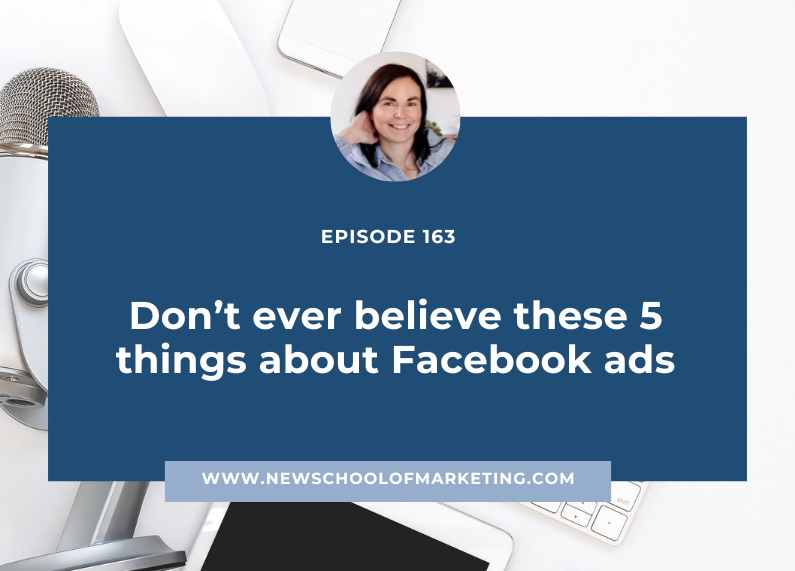
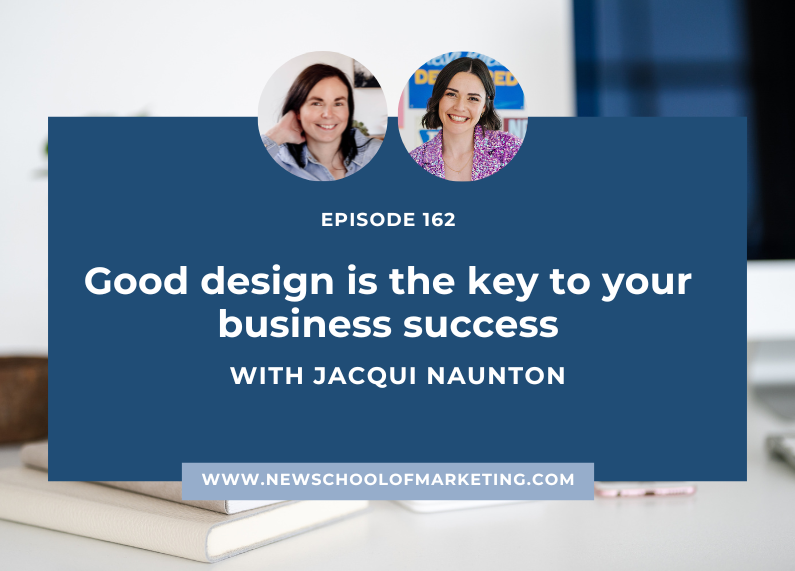
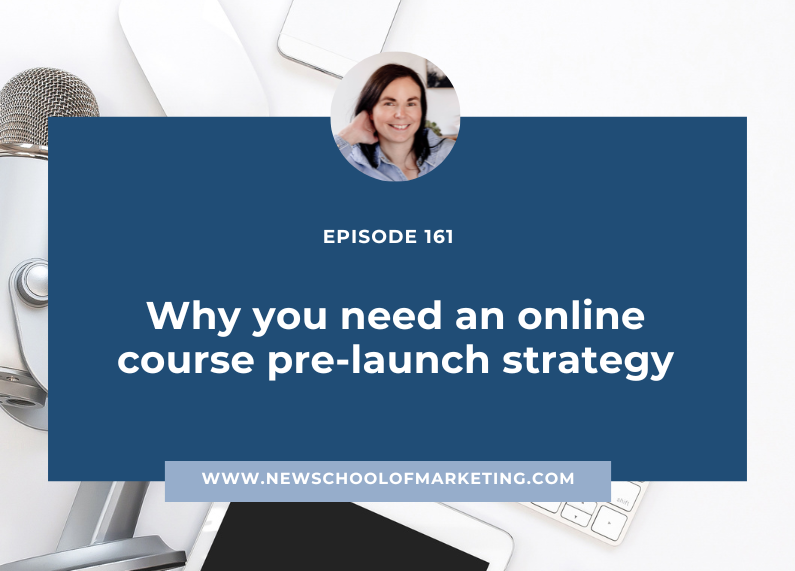
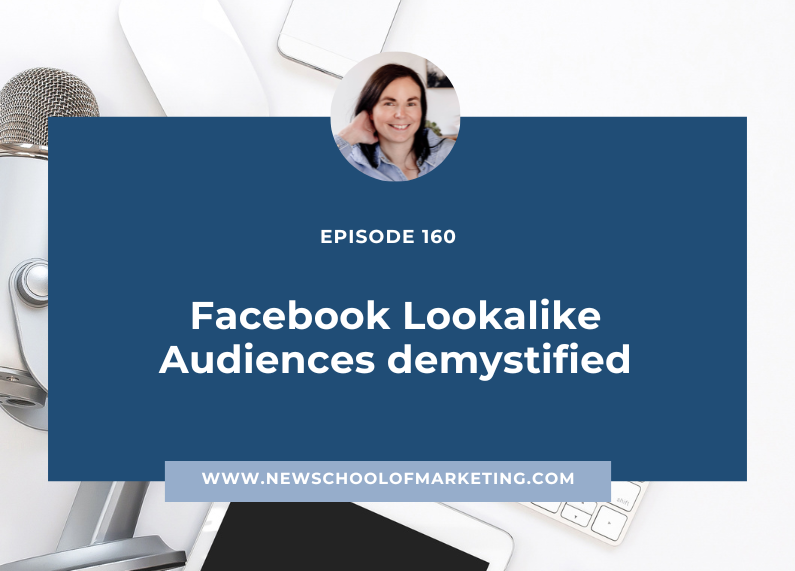
0 Comments